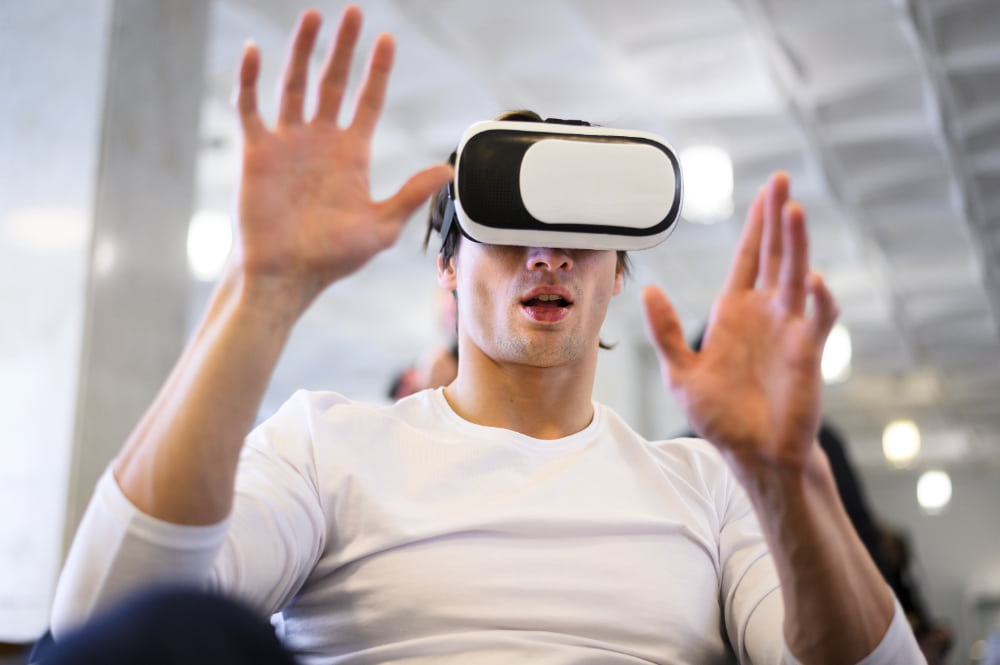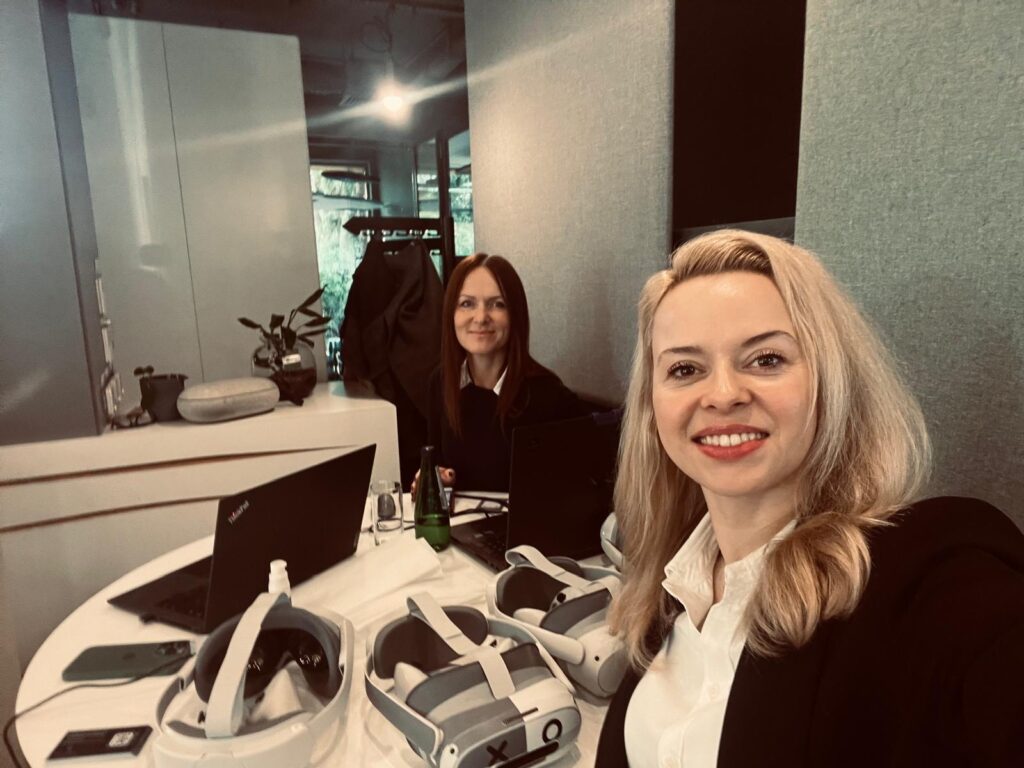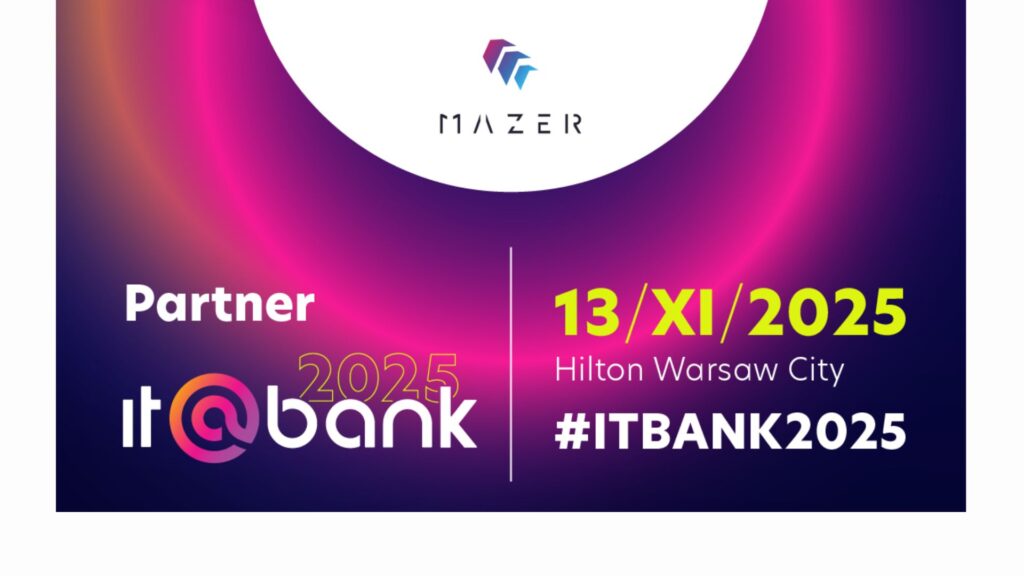Comparing Custom VR Training Content and Off-the-Shelf VR Training Content
Table of Contents:
Organizations ready to advance their training face a critical decision: Which solution is better, custom or off-the-shelf VR? This choice can significantly impact training effectiveness, but measuring the potential ROI in each case will depend on several factors. These factors, in turn, are tied to organizational needs and the goals you want to achieve with virtual training. Today, we tacklethe nuances of custom vs. off-the-shelf VR to help you make a more informed choice.
The Case for Custom VR Training Content
As you might imagine, custom VR training solutions are developed specifically with a given organization in mind and are meant to address their unique requirements and training needs. With this bespoke approach, companies can ensure the training material they obtain to conduct upskilling and reskilling among their workforce actually reflects their specific processes and the reality their employees deal with day in and day out.
Some key advantages of this solution include:
- Increased Relevance: Custom content addresses the exact challenges and scenarios your employees encounter. There’s no need to “pretend” difficult situations go any other way because everything is designed to be as real and applicable as possible. This way, your employees learn exactly what they need to, leading to more effective learning outcomes.
- Enhanced Engagement: Since bespoke VR simulations can be designed down to even the smallest details, it’s possible to incorporate settings, scenarios, and layouts your workforce is already familiar with.
- Competitive Advantage: Suppose your direct competitors opt for off-the-shelf VR. By default, their training will be less effective, and their workforce will be will be less prepared. Tailored training, on the other hand, can equip your employees with skills and knowledge proprietary to the organization, helping them maintain a competitive edge.
Onto the downsides. Immediately, the number one apparent issue is that of cost. Developing custom modules involves a lengthy process, significant investment, and continuous maintenance (which also equals extra costs). While this solution is more costly, organizations that find their needs to be rather particular may require a tailored approach to meet specific training needs that cannot be fulfilled by generic solutions.
Advantages of Off-the-Shelf VR Software
Off-the-shelf VR training content consists of pre-designed modules available for direct market implementation. These solutions typically cover a wide range of general topics, such as health and safety or customer service, but don’t dive into more nuanced scenarios. Their benefits include:
- Cost-Effectiveness: Generic solutions are marketed toward as many clients as possible, meaning the producer’s business model allows for more affordable pricing.
- Rapid Development & Updates: Since there’s no need to address highly specific needs with customizable scenarios, organizations can quickly integrate off-the-shelf VR and immediately benefit from immersive learning, even if the benefits aren’t as far-reaching as custom-made solutions.
- Proven Effectiveness: These modules are often based on best practices and have been tested across various industries. This ensures a certain level of reliability and good ROI predictability.
However, off-the-shelf VR training often lacks the specificity required to address unique organizational needs. The generic nature of the content means it might not fully align with the company’s specific processes or culture, and it will also be devoid of branded material. This limits the applicability of such solutions in certain contexts and offers limited scalability since everything is pre-programmed.
Making a Choice: Custom vs. Off-the-Shelf VR
The decision will mostly depend on the specificity of training needs. If your workforce requires training in unique processes, proprietary tech, or very granular scenarios, custom VR training will come out on top as the better choice. Conversely, if your organization only requires support in general topics like compliance or non-specific safety protocols, off-the-shelf solutions should suffice.
The Takeaway
While both solutions are viable, they work best in separate environments. If, despite our analysis, you still can’t decide between custom and off-the-shelf VR, check out our ROI calculator! Input your data and see how great the potential returns will be if you implement our fully customizable VR training center!
Read also: VR Stats for the Training & Education Industry in 2025

Author: Rafał Siejca
Rafal has over twenty years of corporate experience, including roles at Millennium Bank, Comarch, and leading software teams at PZU, one of Europe’s largest insurance companies. As one of Poland’s few true VR experts with a decade of experience, he ensures timely, high-quality project delivery as CEO and CTO.










